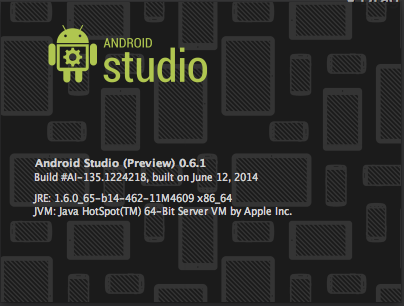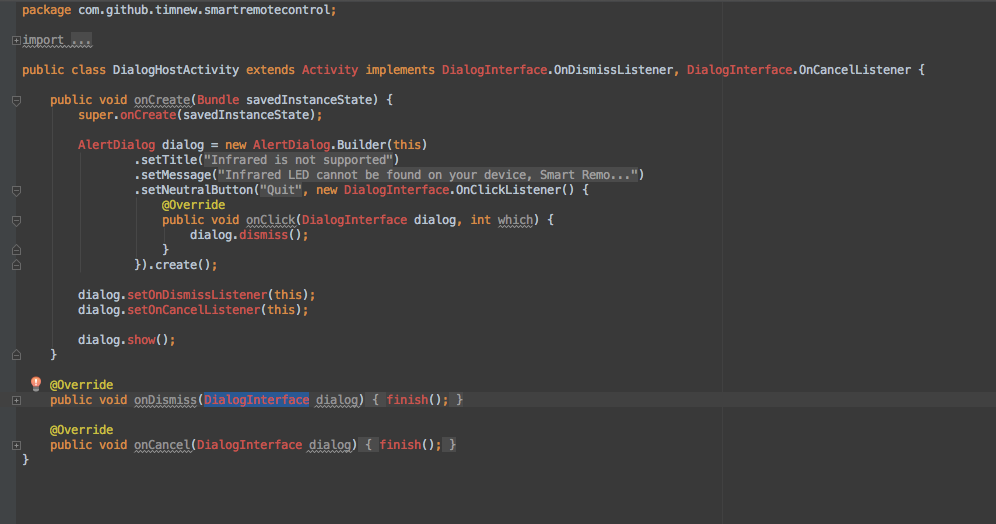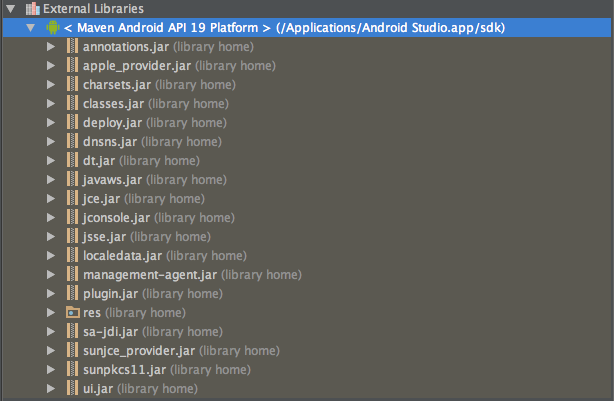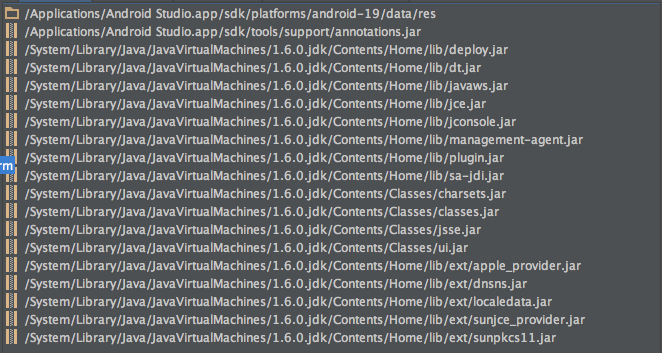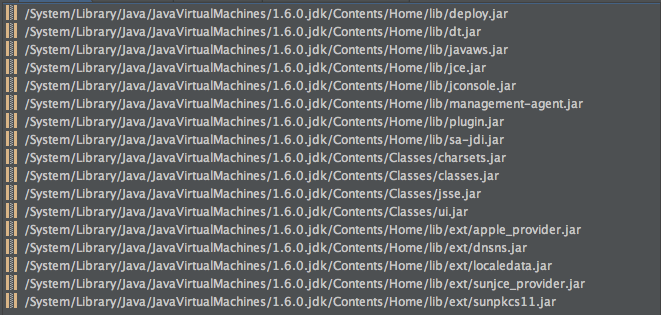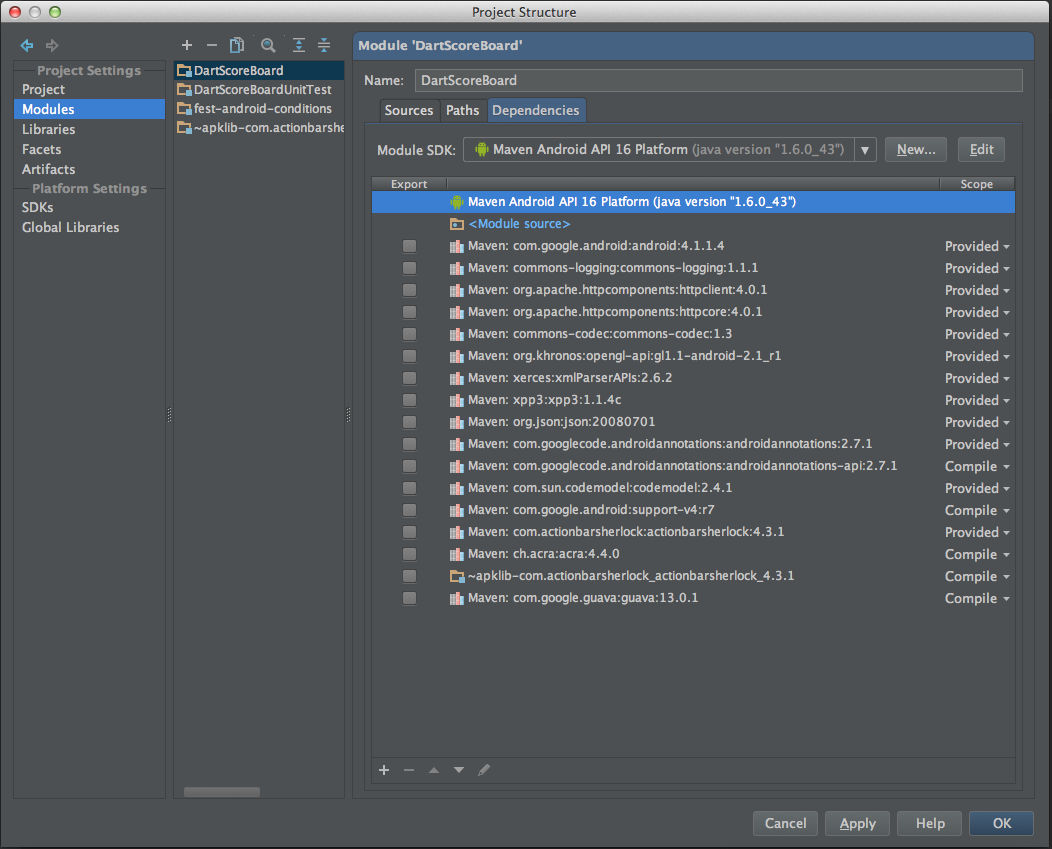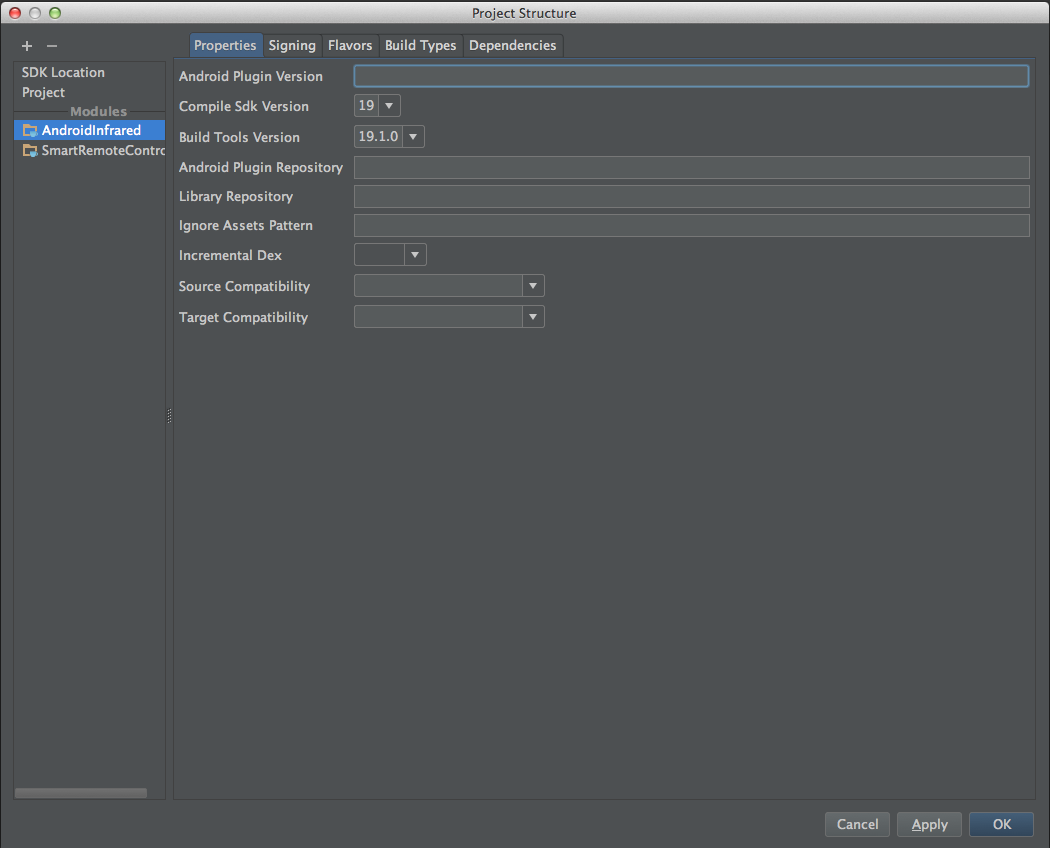04-22 22:27:00.828 1128-1479/com.github.timnew.rubiktimer E/AndroidRuntime﹕ FATAL EXCEPTION: main
Process: com.github.timnew.rubiktimer, PID: 1128
java.lang.RuntimeException: Unable to start activity ComponentInfo{com.github.timnew.rubiktimer/com.github.timnew.rubiktimer.history.HistoryActivity_}: android.view.InflateException: Binary XML file line #7: Error inflating class ViewPager
at android.app.ActivityThread.performLaunchActivity(ActivityThread.java:2282)
at android.app.ActivityThread.handleLaunchActivity(ActivityThread.java:2340)
at android.app.ActivityThread.access$800(ActivityThread.java:157)
at android.app.ActivityThread$H.handleMessage(ActivityThread.java:1247)
at android.os.Handler.dispatchMessage(Handler.java:102)
at android.os.Looper.loop(Looper.java:157)
at android.app.ActivityThread.main(ActivityThread.java:5293)
at java.lang.reflect.Method.invokeNative(Native Method)
at java.lang.reflect.Method.invoke(Method.java:515)
at com.android.internal.os.ZygoteInit$MethodAndArgsCaller.run(ZygoteInit.java:1265)
at com.android.internal.os.ZygoteInit.main(ZygoteInit.java:1081)
at dalvik.system.NativeStart.main(Native Method)
Caused by: android.view.InflateException: Binary XML file line #7: Error inflating class ViewPager
at android.view.LayoutInflater.createViewFromTag(LayoutInflater.java:713)
at android.view.LayoutInflater.rInflate(LayoutInflater.java:761)
at android.view.LayoutInflater.inflate(LayoutInflater.java:498)
at android.view.LayoutInflater.inflate(LayoutInflater.java:398)
at android.view.LayoutInflater.inflate(LayoutInflater.java:354)
at com.android.internal.policy.impl.PhoneWindow.setContentView(PhoneWindow.java:340)
at com.actionbarsherlock.internal.ActionBarSherlockNative.setContentView(ActionBarSherlockNative.java:134)
at com.actionbarsherlock.app.SherlockFragmentActivity.setContentView(SherlockFragmentActivity.java:262)
at com.github.timnew.rubiktimer.history.HistoryActivity_.setContentView(HistoryActivity_.java from OutputFileObject:44)
at com.github.timnew.rubiktimer.history.HistoryActivity_.onCreate(HistoryActivity_.java from OutputFileObject:34)
at android.app.Activity.performCreate(Activity.java:5389)
at android.app.Instrumentation.callActivityOnCreate(Instrumentation.java:1105)
at android.app.ActivityThread.performLaunchActivity(ActivityThread.java:2246)
at android.app.ActivityThread.handleLaunchActivity(ActivityThread.java:2340)
at android.app.ActivityThread.access$800(ActivityThread.java:157)
at android.app.ActivityThread$H.handleMessage(ActivityThread.java:1247)
at android.os.Handler.dispatchMessage(Handler.java:102)
at android.os.Looper.loop(Looper.java:157)
at android.app.ActivityThread.main(ActivityThread.java:5293)
at java.lang.reflect.Method.invokeNative(Native Method)
at java.lang.reflect.Method.invoke(Method.java:515)
at com.android.internal.os.ZygoteInit$MethodAndArgsCaller.run(ZygoteInit.java:1265)
at com.android.internal.os.ZygoteInit.main(ZygoteInit.java:1081)
at dalvik.system.NativeStart.main(Native Method)
Caused by: java.lang.ClassNotFoundException: Didn't find class "android.view.ViewPager" on path: DexPathList[[zip file "/data/app/com.github.timnew.rubiktimer-76.apk"],nativeLibraryDirectories=[/data/app-lib/com.github.timnew.rubiktimer-76, /vendor/lib, /system/lib]]
at dalvik.system.BaseDexClassLoader.findClass(BaseDexClassLoader.java:67)
at java.lang.ClassLoader.loadClass(ClassLoader.java:497)
at java.lang.ClassLoader.loadClass(ClassLoader.java:457)
at android.view.LayoutInflater.createView(LayoutInflater.java:565)
at android.view.LayoutInflater.onCreateView(LayoutInflater.java:658)
at com.android.internal.policy.impl.PhoneLayoutInflater.onCreateView(PhoneLayoutInflater.java:66)
at android.view.LayoutInflater.onCreateView(LayoutInflater.java:675)
at android.view.LayoutInflater.createViewFromTag(LayoutInflater.java:700)
at android.view.LayoutInflater.rInflate(LayoutInflater.java:761)
at android.view.LayoutInflater.inflate(LayoutInflater.java:498)
at android.view.LayoutInflater.inflate(LayoutInflater.java:398)
at android.view.LayoutInflater.inflate(LayoutInflater.java:354)
at com.android.internal.policy.impl.PhoneWindow.setContentView(PhoneWindow.java:340)
at com.actionbarsherlock.internal.ActionBarSherlockNative.setContentView(ActionBarSherlockNative.java:134)
at com.actionbarsherlock.app.SherlockFragmentActivity.setContentView(SherlockFragmentActivity.java:262)
at com.github.timnew.rubiktimer.history.HistoryActivity_.setContentView(HistoryActivity_.java from OutputFileObject:44)
at com.github.timnew.rubiktimer.history.HistoryActivity_.onCreate(HistoryActivity_.java from OutputFileObject:34)
at android.app.Activity.performCreate(Activity.java:5389)
at android.app.Instrumentation.callActivityOnCreate(Instrumentation.java:1105)
at android.app.ActivityThread.performLaunchActivity(ActivityThread.java:2246)
at android.app.ActivityThread.handleLaunchActivity(ActivityThread.java:2340)
at android.app.ActivityThread.access$800(ActivityThread.java:157)
at android.app.ActivityThread$H.handleMessage(ActivityThread.java:1247)
at android.os.Handler.dispatchMessage(Handler.java:102)
at android.os.Looper.loop(Looper.java:157)
at android.app.ActivityThread.main(ActivityThread.java:5293)
at java.lang.reflect.Method.invokeNative(Native Method)
at java.lang.reflect.Method.invoke(Method.java:515)
at com.android.internal.os.ZygoteInit$MethodAndArgsCaller.run(ZygoteInit.java:1265)
at com.android.internal.os.ZygoteInit.main(ZygoteInit.java:1081)
at dalvik.system.NativeStart.main(Native Method)
